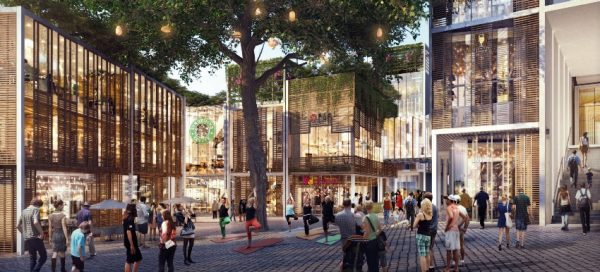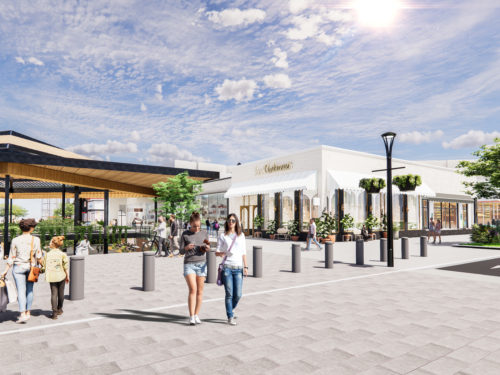We start, as always, by assessing the needs and wishes of the end-user; by looking at the drivers and reasons-why that are shaping present trends and choices. Because understanding cultural nuances and generational preferences is critical.
In this respect, our work in India’s residential sector has helped to shape our response to retail. In residential, we often refer to ‘smart densification’, which is all about the creative use of space in overpopulated cities. We know that living space in India is reducing in size as people opt for smaller apartments in prime city locations. So, in retail we look to provide opportunities for shared space, for convenience and connectivity – providing the spaces and experiences people might be missing in their homes.
We’re not creating conventional or monocultural retail structures. We’re creating flexible, mixed-use buildings that overlap with people’s requirements in other areas of life, which in turn lays the foundations for great public realm. In fact, mixed-use is the key; in dense city environments, integrated developments that blend residential, retail, office space and amenities provide an excellent solution for modern urban living.
In Ahmedabad, for example, we’ve created a premier mixed-use destination merging high-end residential with retail and corporate, using exposed concrete as a nod to local traditions and craftsmanship. Meanwhile in Noida, our Supernova project will blend green living with luxury modern conveniences to create North India’s tallest mixed-use development. And in New Delhi, we’ve integrated cinema, retail and residential to create the capital’s most luxurious and dynamic mall experiences – The Chanakya, which embodies our efforts to delight consumers with totally unique facilities and experiences, while maximising value for our clients.







